

Max Davies
How Audi, BMW, Honda, Mercedes-Benz, and Suzuki started out in Australia, and where they are now
12 Hours Ago
Australia's two biggest-selling EVs come from China, and the trend won't slow as new brands prepare to join the cheaper end of the market.

Senior Contributor
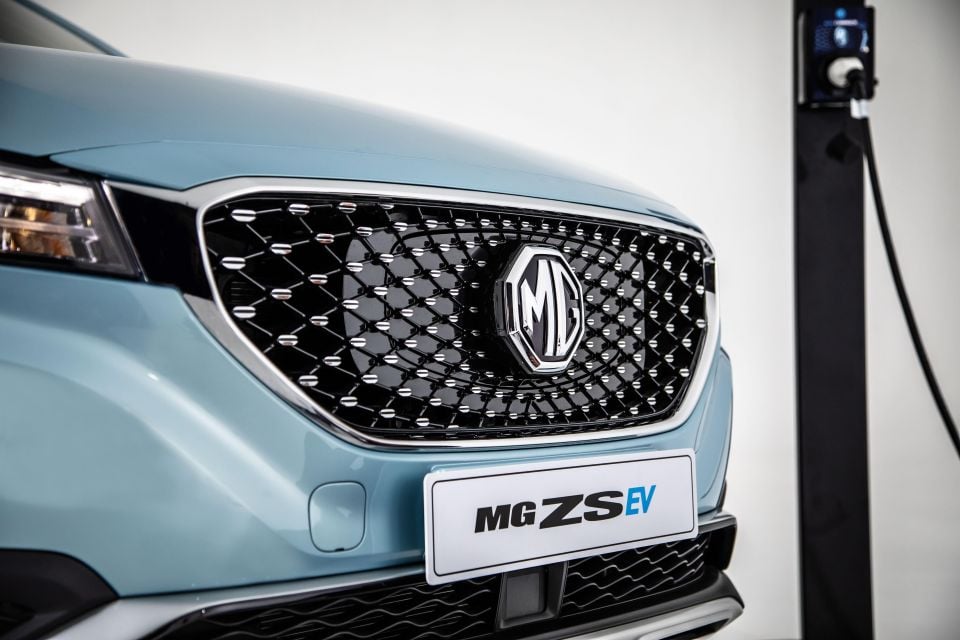

Senior Contributor
The rapid sales growth of cars made in China has become a discussion point lately.
The growth of electric vehicles will make it a much bigger one. In fact, the affordable end of the EV market looks like it will be bristling with affordable China-made offerings before too long.
For background, made-in-China car sales – all fuel types that is – more than tripled to the end of August this year compared to the same period in 2020, passing 50,000 units.
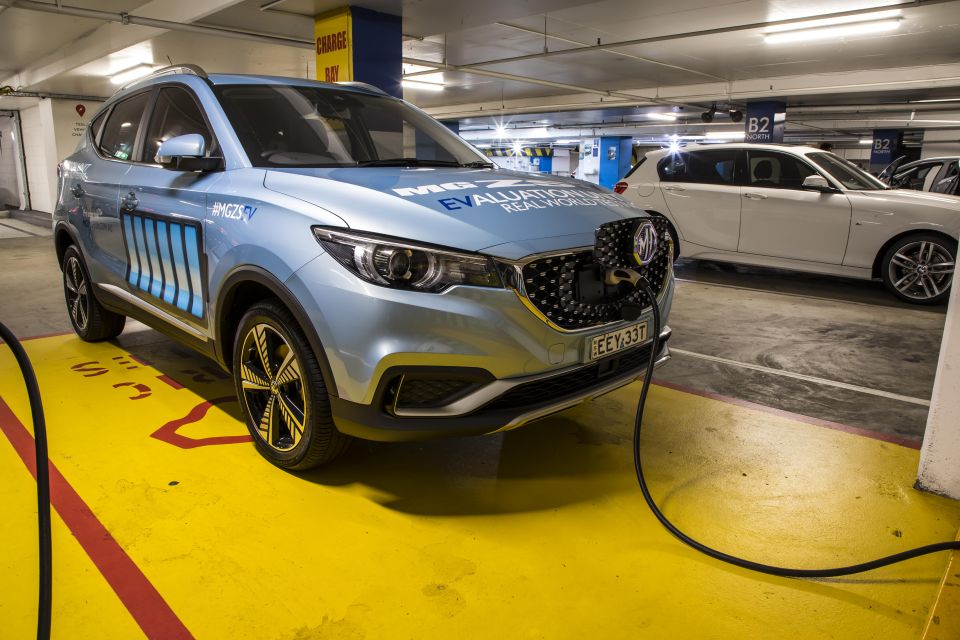
MG is now a top 10 brand, LDV is a staple among couriers and tradies, GWM is selling every ute it gets its hands on, and Haval’s SUV range is racing up the charts.
These vehicles banish what ‘made in China’ implied even five years ago. They’re competitive, well-priced, and there’s stock out there – something that’s far from guaranteed today.
China is in fact now the fourth main source of cars sold here behind Japan, Thailand and South Korea – and ahead of Germany and the US.
On the other hand, China is far and away the biggest source of EVs, accounting for something like 80 per cent market share.
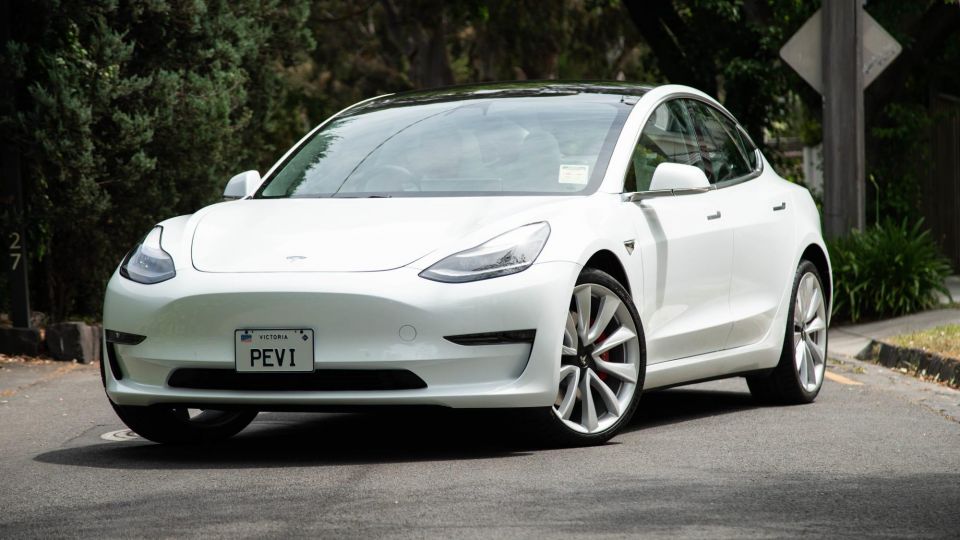
The China-made Tesla Model 3 dominates: Tesla doesn’t divulge Australian sales but the generally accepted volume for January to June was 5000 sales, equal to about 70 per cent of the total market. The Model Y joins it soon.
Sales data shows the MG ZS EV is second overall year-to-date (first among brands that report) with 958. By contrast the Hyundai Kona Electric found 311 buyers and the Nissan Leaf 297.
Neither of these figures should be shocking. Tesla is synonymous with EVs worldwide and happens to export Australian Model 3s from its shiny Shanghai plant, and SAIC Motor’s MG ZS is the cheapest EV on sale.
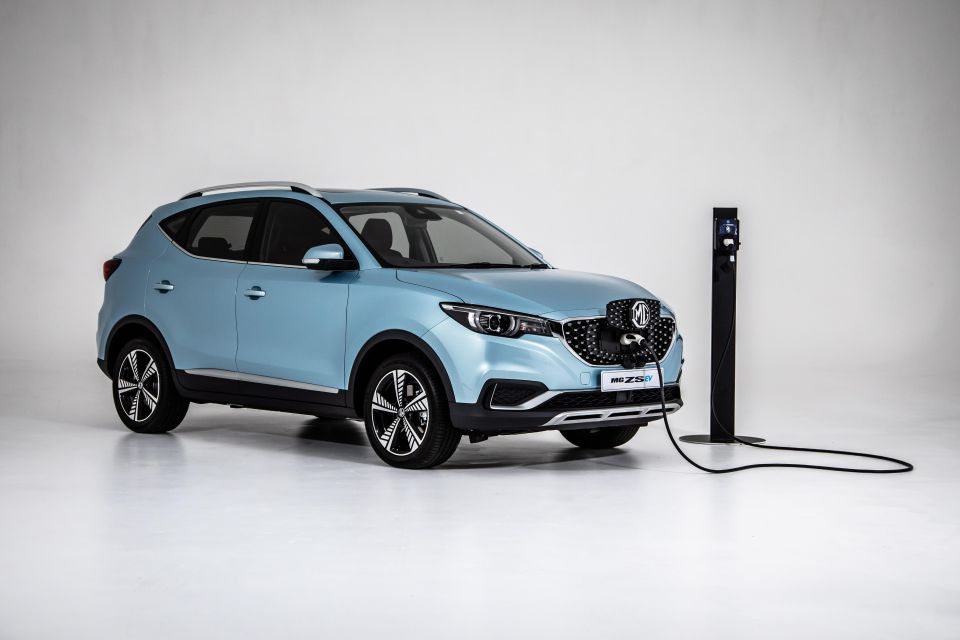
Beyond this, two major Chinese ‘new energy vehicle’ producers are both looking at opportunities in Australia – crucially, at the cheaper end of the market where there’s the most potential volume.
One of these brands is the Warren Buffet-backed BYD, which is working with distributor Nexport to sell its expanding range of EVs direct to consumers online.
The $35,000 (before on-road costs) BYD T3 electric van and $40,000 BYD E6 electric people-mover are both available to order already, and 2022 will bring the Yuan Plus SUV and EA1 hatchback with similar pricetags.
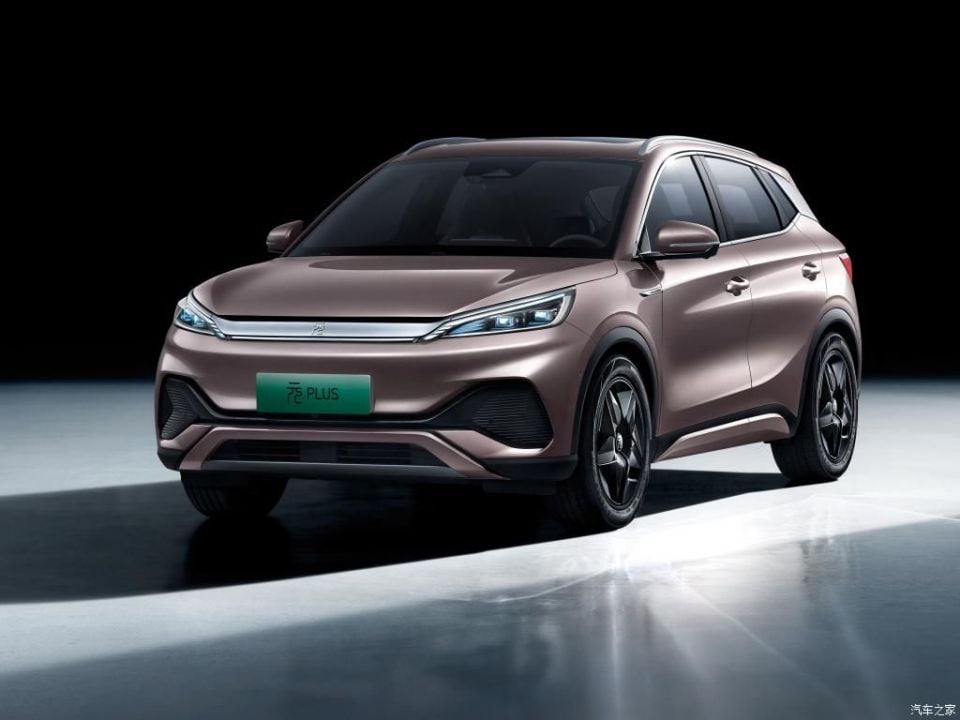
The BYD and Nexport pairing has already announced details on a major deal with Splend, a vehicle subscription company that plans to lease a reported 2000-odd of these BYD EVs to Uber and DiDi drivers out to 2023.
Then there’s Ora, another sub-brand of the Great Wall Motors group that makes no secret of its intention to grow globally and sees Australia, where it has a full factory distributor, as something of a test market.
A cute little retro EV hatch called the Ora Cat will go into right-hand drive production for the UK in 2022, and it’s our strong understanding that Australia will also get that vehicle – dates pending – with potential for more.
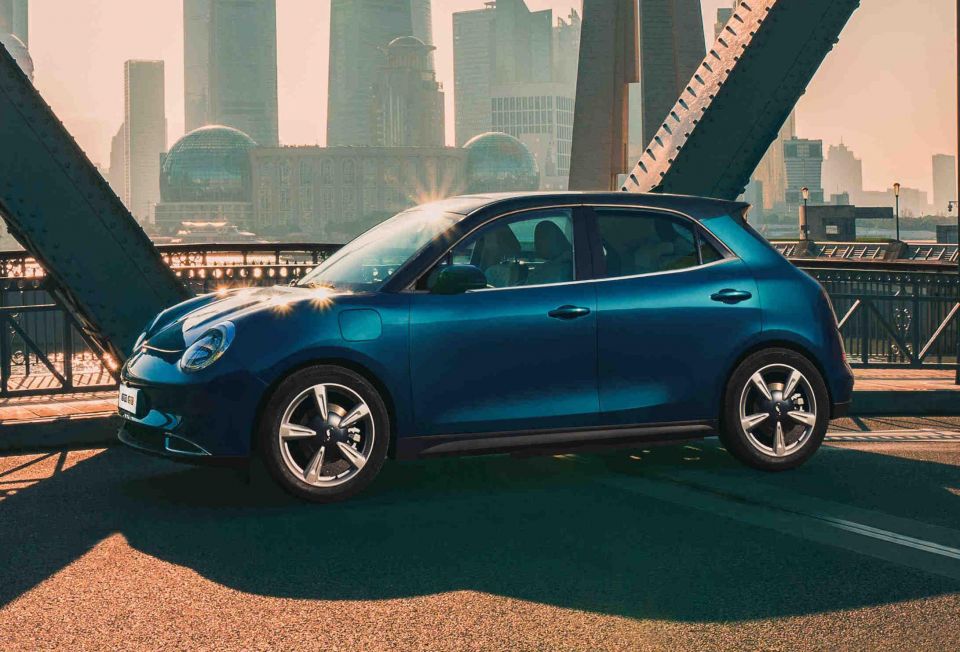
These two domestic brands (like MG before them) have honed their products in the world’s biggest EV market. The so-called ‘legacy’ brands have far fewer advantages when it comes to new technologies.
There’s no reason why more can’t and won’t follow. There are countless options including the likes of NIO, and many see exports as the end goal.
And so it isn’t hard to foresee the cheaper, high-volume part of Australia’s EV market comprising a far higher proportion of China-made cars than the petrol- and diesel markets.


Max Davies
12 Hours Ago


William Stopford
12 Hours Ago


Derek Fung
12 Hours Ago


Max Davies
20 Hours Ago


William Stopford
1 Day Ago


Ben Zachariah
2 Days Ago